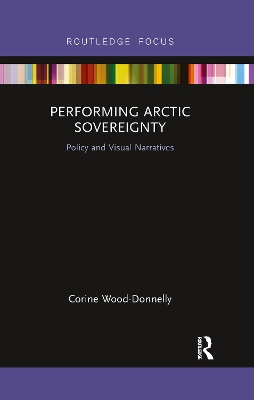
The Arctic is 5.5 million square miles and has been inhabited by humans for thousands of years, yet it is still a frontier of development. But who owns the Arctic? This book charts the history of performances of sovereignty over the Arctic in the policy and visual representations of the US, Canada and Russia. Focusing on narratives of the effective occupation of territory found in postage stamps, it offers a novel analysis of Arctic sovereignty. Issues such as climate change, plastics pollution and resource development continue to impact the future of this space centred around the North Pole. Who is responsible for the region? This book examines how countries have absorbed Arctic territory into their national consciousness, examining the choice of, and use of, symbols and images in postage stamps. It looks at the story of how these countries have represented their Arctic frontiers and territorial peripheries. The book argues that the performance of policy in these regions has caused relative sovereignty to become a reality. It provides an intriguing account of how these countries have, in their distinctive ways, established, legitimised and reinforced their political authority in these regions. This book will appeal to Geographers and is recommended supplementary reading for students in political history and regional studies of the North.
| ISBN: | 9780367606770 |
| Publication date: | 30th June 2020 |
| Author: | Corine University of Cambridge, UK WoodDonnelly |
| Publisher: | Routledge an imprint of Taylor & Francis Ltd |
| Format: | Paperback |
| Pagination: | 136 pages |
| Series: | Routledge Research in Polar Regions |
| Genres: |
Environmental science, engineering and technology Human geography Regional geography Political campaigning and advertising |